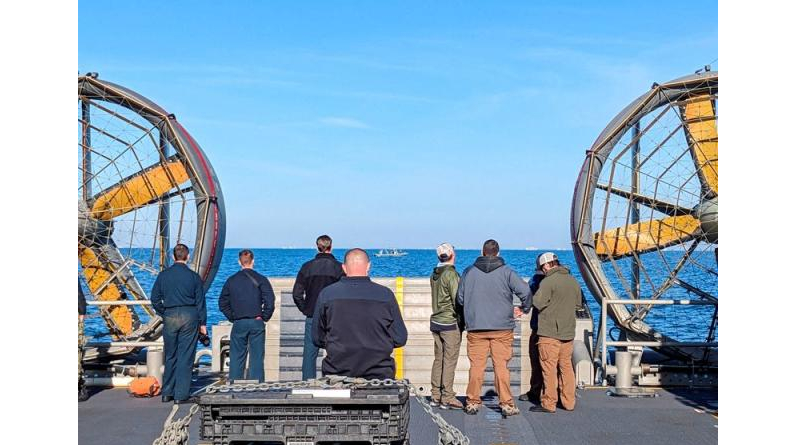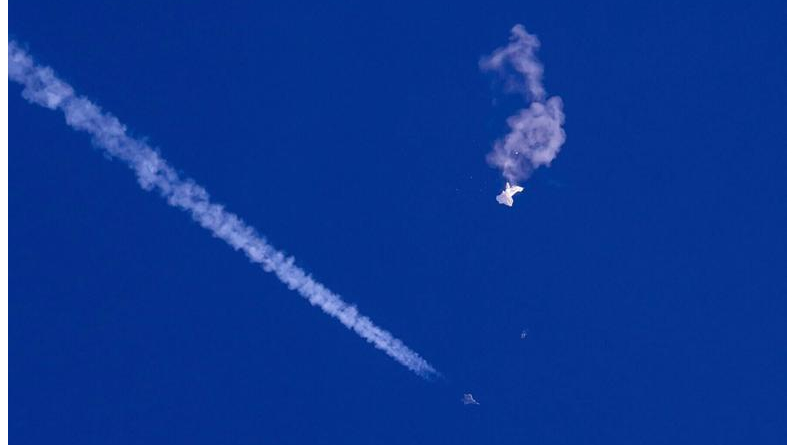When it comes to keeping an eye on things from above spy balloons are as useful as ever thanks to advancements in technology

Four high-altitude objects have now been shot down by the US military after entering American and Canadian airspace, prompting speculation about their motivations and origins.
On February 4th, a fighter jet shot down the first of these objects, a Chinese balloon. China claims it was for weather observation, but the United States claims it was used for spying. Some of the possible events can be pieced together with an understanding of the relevant technology.
As of yet unverified reports suggest that the balloon carried a signals intelligence collection payload. Trash has been collected from US waters near South Carolina’s coast and will be brought back to land for study.
Between February 10 and 12, three more objects were intercepted over Deadhorse, Alaska, near Yukon, Canada, and over Lake Huron, near the US-Canada border.
Electronic data, such as transcripts of conversations, text messages, or readings from weapons and radar systems, are all examples of signals intelligence, or “sigint.” While satellites are the usual source of sigint, aircraft flying in international airspace are also viable sources.
For the most part, sigint-gathering satellites are stationed either in low-Earth orbit (LEO) — between 500 and 1,000 kilometres above the planet — or in geostationary orbit — 36,000 kilometres above the planet. Intelligence gathered by satellites has advantages in efficiency and effectiveness, but it has its limits.
Although a satellite in low Earth orbit can complete an orbit in under an hour, it won’t re-pass the same point on the planet for another 14–20 hours. The reason for this is that Earth is in constant motion. Even then, its “dwell time” (the amount of time it is visible from a given point on Earth) will be no more than 20 minutes. Even if the number of satellites is greatly increased, significant coverage gaps will persist.

A geostationary satellite, in principle, could remain in its orbit indefinitely. But because it is located about 36,000 kilometers from the surface of the Earth, it might miss the collection of crucial but weak signals.
Also Read :New York Fashion Week is a hive of activity for smaller labels
The United States military has been working on signals, or digital data transmissions, that are difficult to intercept. Spy satellites from China and Russia are having trouble collecting sigint because of this. In a period of 24 hours, there will be significant lulls where no collection can be made at all.
China’s efforts to narrow the gaps are admirable. In 2020, the country launched three additional Yaogan-30 series reconnaissance (spy) satellites into a 600 km orbit as part of a larger network or “constellation” called Chuangxin-5 (CX-5), bringing the total number of satellites in the network to 21.
Capability to Make Course Corrections
Come the “objects” shot down at high altitude over the United States. As an example, let’s consider the February 4th balloon that was shot down. Following its flightpath over the United States, one can see that it went close to a number of sensitive defence installations, such as the ICBM silos in Montana, which are designed to hold nuclear warheads.
By riding the upper atmosphere’s jet streams, the balloon was able to cross the United States at an altitude of 20 to 30 kilometres. Because of its proximity to Earth’s surface, if it were spying, it could pick up very weak signals during its expected several-hour dwell time, which favoured sigint collection.
To supplement the sigint collection by satellites and aircraft, an undetected balloon would be an ideal platform. Balloons have been used for intelligence gathering by multiple countries for at least 200 years, so the concept is not new and the benefits are well-known.
Leave a reply
You must be logged in to post a comment.








